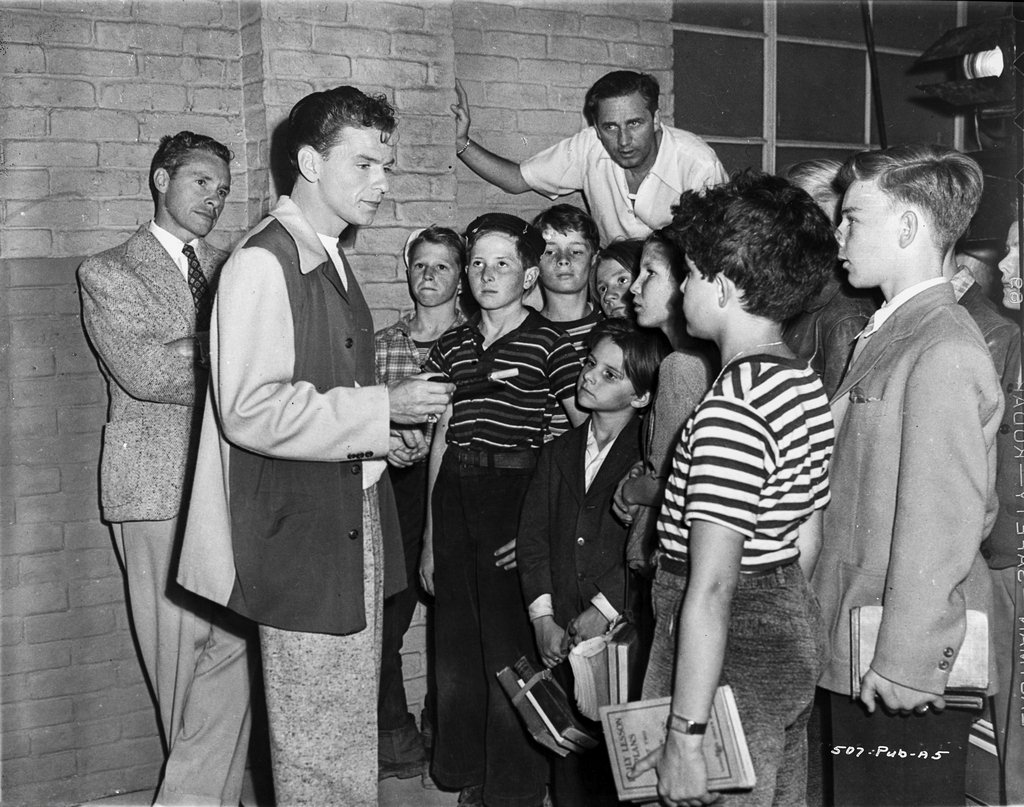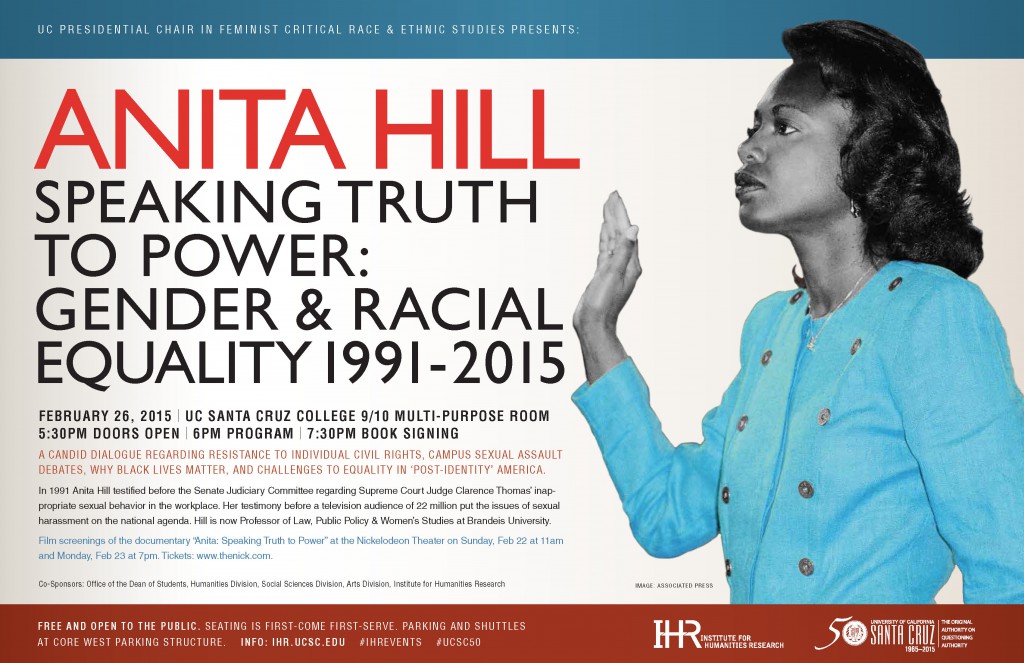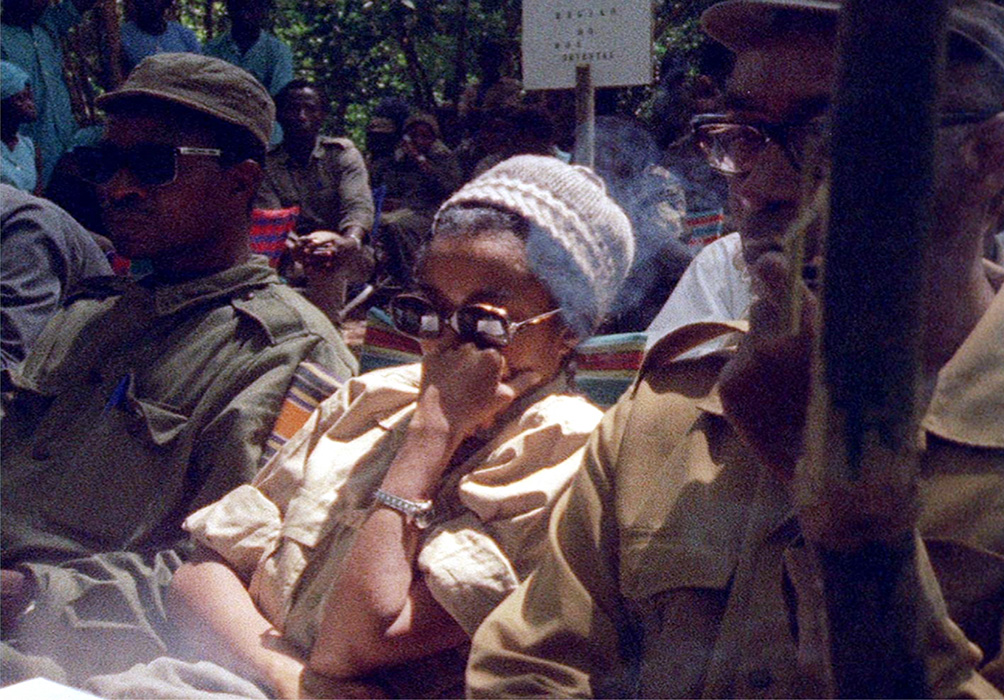From Diversity Hire to Diverse Critic: A Personal Case Against Critical Representation Theory
Fifteen years ago, I was in my final semester as a graduate student at the Columbia University School of Journalism, preparing to begin a fellowship program at NPR headquarters in Washington, DC. Instead of an encouraging send-off, however, the school’s lead radio professor—himself an alumnus of the network—told me my fellowship was nothing more than a corporate diversity scheme, adding that “diversity hires” were recruited through such programs to increase visibility but that they ultimately failed because those fellows were so underqualified for such roles.









